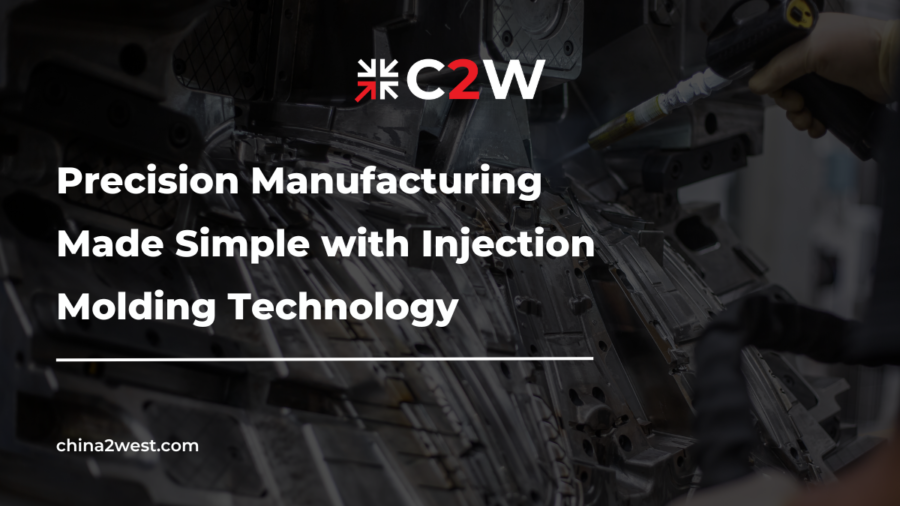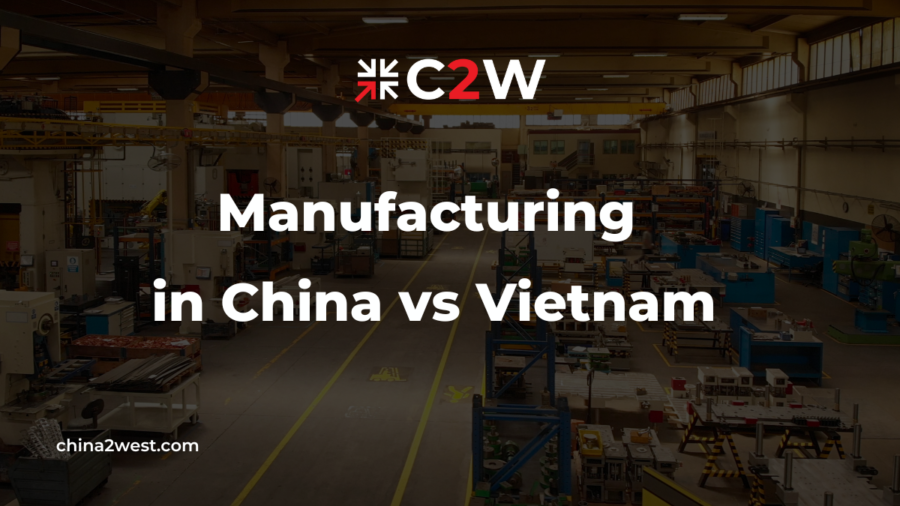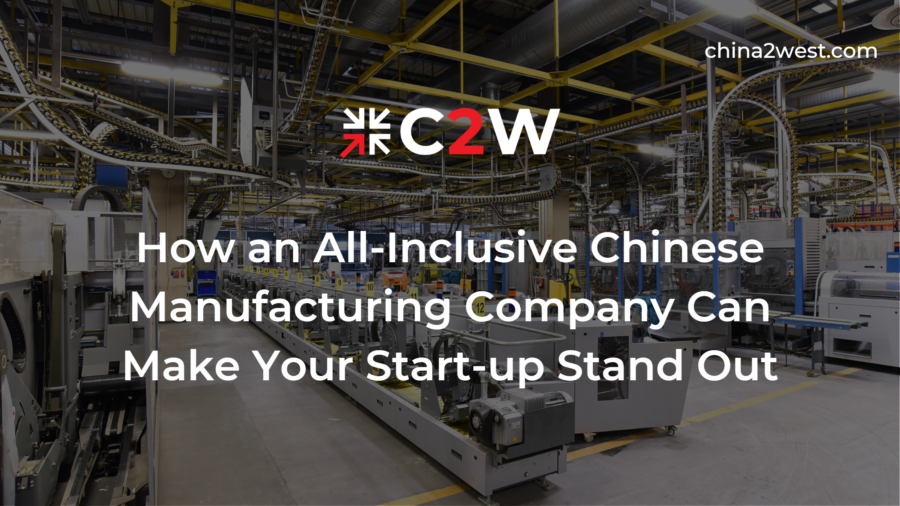When it comes to modern manufacturing, there’s no denying the importance of precision and efficiency. In an industry where every minute and millimeter counts, finding the right technology to streamline production processes is crucial. That’s where injection molding comes in. As a leading technology in the world of manufacturing, injection molding has revolutionized the way products are made. From small components to complex parts, this process has become a go-to for many manufacturers looking to improve their production capabilities. In this blog post, we’ll delve into the world of injection molding and explore how this technology has simplified precision manufacturing for businesses worldwide.
Understanding Injection Molding
Injection molding is a manufacturing process used to produce plastic parts in large volumes. It involves melting plastic pellets and injecting the molten material into a mold cavity, where it cools and solidifies to form the desired shape. This process is widely used for producing a variety of plastic products, ranging from small and intricate components to large and complex items.
The Process of Plastic Injection Molding
Injection molding is a powerful manufacturing technique that has revolutionized the industry in terms of speed, efficiency, and cost-effectiveness. The power of injection molding lies in its ability to produce highly precise and intricate parts with minimal waste. Here’s an overview of the plastic injection molding process:
Designing the Part
The process starts with the design of the plastic part that needs to be manufactured. Engineers or designers create a 3D model of the part using computer-aided design (CAD) software.
Creating the Mold
Once the design is finalized, a mold is created based on the 3D model. The mold is usually made of metal, such as steel or aluminum. It consists of two halves, the cavity side, and the core side, which together form the shape of the final part.
Clamping
The mold is mounted onto the injection molding machine, and the two halves are securely clamped together. This clamping force is essential to prevent the molten plastic from leaking out of the mold during the injection process.
Injection
Plastic pellets are fed into the injection molding machine’s hopper, where they are heated and melted. The molten plastic is then injected under high pressure into the mold cavity through a runner system. The runner is a channel that directs the molten plastic from the machine’s barrel into the mold.
Cooling
After the molten plastic fills the mold cavity, it is allowed to cool and solidify. The cooling process is critical for achieving the desired properties of the plastic part. Cooling can be accelerated by the use of cooling channels within the mold.
Ejection
Once the plastic has solidified, the mold is opened, and the newly formed part is ejected from the mold using ejector pins or plates. The part is now a replica of the mold cavity.
Quality Control
The molded parts may undergo various quality control checks to ensure they meet the specified dimensions and meet quality standards. This may involve visual inspection, dimensional checks, and other testing methods.
Repeating the Process
The entire cycle of clamping, injection, cooling, and ejection is then repeated for the production of additional parts. Modern injection molding machines are equipped with automation features to streamline the process and improve efficiency.
Key Advantages of Injection Molding
Injection molding is a popular manufacturing process used for producing parts and components. Here are some key advantages of injection molding:
Complex Geometries
One of the key advantages of injection molding is its ability to produce complex geometries that would be difficult or even impossible to achieve using traditional manufacturing methods. With injection molding, manufacturers can create intricate designs, precise details, and complex shapes with ease. This opens up a world of possibilities for designers and engineers, allowing them to push the boundaries of what is possible in product design.
Precision and Accuracy
Another powerful aspect of injection molding is its ability to achieve consistent and repeatable results. This is crucial in manufacturing, as it ensures that every part produced meets the same high-quality standards. With injection molding, manufacturers can achieve tight tolerances and uniform dimensions, resulting in parts that fit together perfectly and function as intended.
High Production Rates
In addition to its precision, injection molding also offers high production speeds. This is especially beneficial for manufacturers in China, where there is often a high demand for large quantities of products. Injection molding allows for fast cycle times, meaning that parts can be produced at a rapid pace. This helps manufacturers meet tight deadlines and keep up with customer demand.
Reduced Labor Costs
Once the mold is set up, the injection molding process is highly automated, requiring minimal human intervention. This leads to lower labor costs per produced unit, especially in high-volume production scenarios.
Examples of Successful Implementations of Injection Molding
Injection molding technology has found successful implementation across various industries, revolutionizing manufacturing processes and improving product quality. Let’s explore some examples of how injection molding has significantly impacted.
In the automotive industry, injection molding has allowed manufacturers to create complex and lightweight components. From interior trim panels to bumper covers, injection molding enables the production of intricate designs with precision and durability. This has resulted in enhanced vehicle performance and improved fuel efficiency.
In the electronics industry, injection molding has been instrumental in producing small and intricate parts, such as connectors, switches, and housings for devices. The ability to achieve tight tolerances and consistent dimensions ensures proper functionality and seamless integration of components in electronic devices.
Medical device manufacturers have also benefited greatly from injection molding technology. The production of intricate and precise parts, such as syringes, surgical instruments, and implantable devices, is made possible with injection molding. This technology ensures the highest level of quality and safety in medical devices, ultimately improving patient care.
The consumer goods industry has witnessed successful implementations of injection molding as well. From household appliances to consumer electronics, manufacturers can produce high-quality and aesthetically pleasing products efficiently and cost-effectively. Injection molding enables the creation of complex shapes, vibrant colors, and smooth finishes, enhancing the overall consumer experience.
Optimize Your Product Process with Our Injection Molding Manufacturing Services in China
Injection molding in China offers a compelling combination of precision, efficiency, and cost-effectiveness. As businesses worldwide seek reliable manufacturing partners, China’s injection molding industry continues to thrive, shaping the future of global production. If you want to optimize your production with injection molding, our team at China 2 West can help.
Whether you are launching a new product or scaling up production, our injection molding services provide a robust solution that aligns with the demands of modern manufacturing. Trust us to deliver consistent, high-quality results that meet your specifications, ultimately contributing to the success and competitiveness of your products in the market. Our flexible approach can help many of your business needs. Ready to get started? Contact us today to explore more possibilities.




